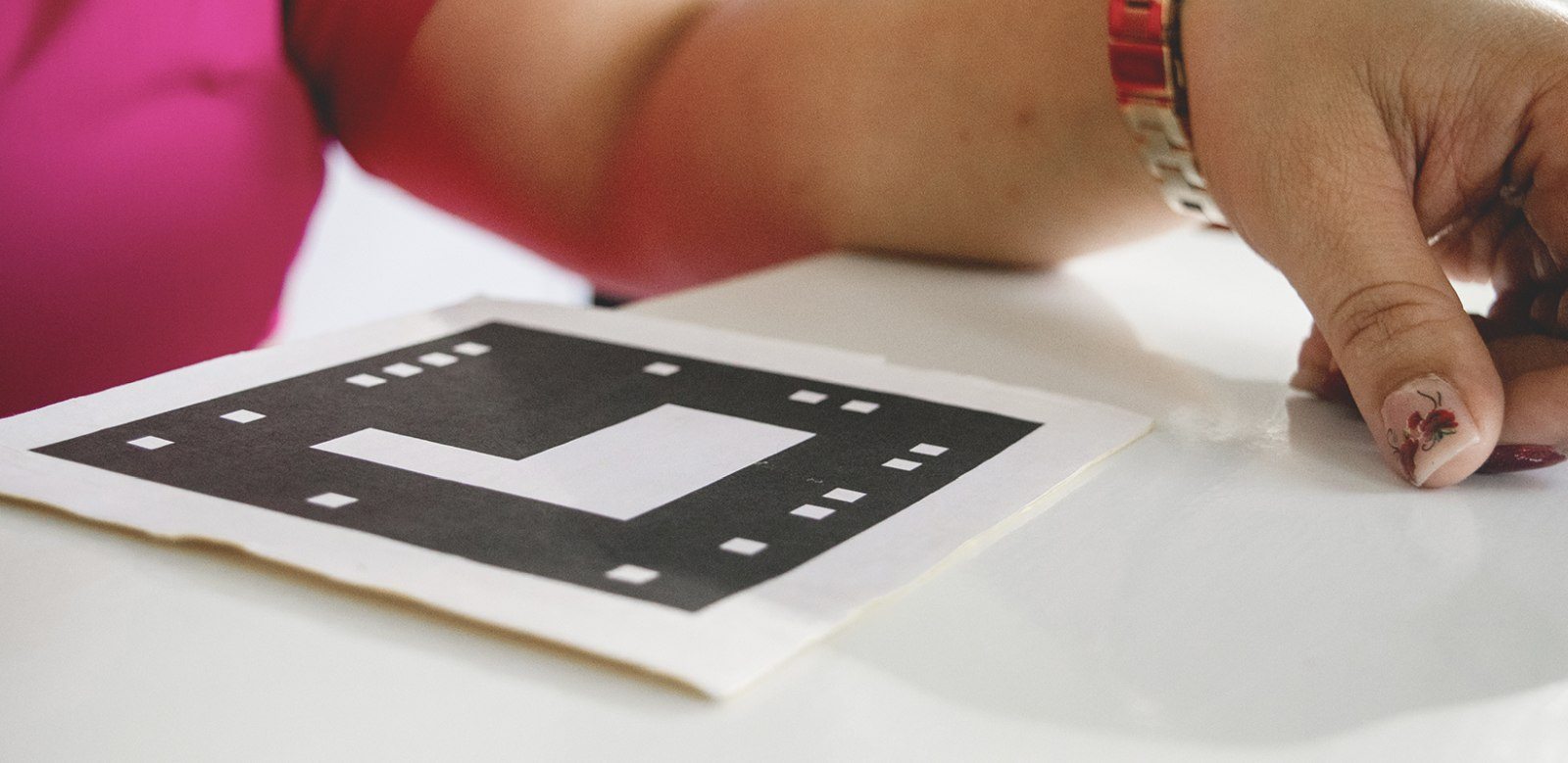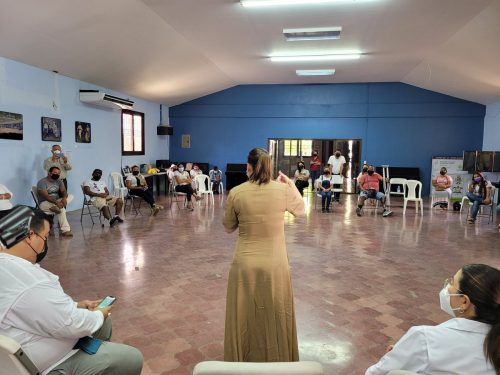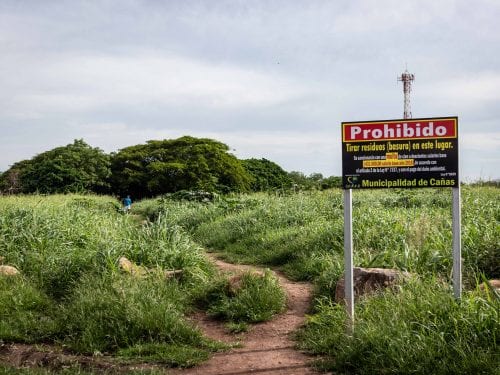
Do you remember Pokemon Go, that game that became a hit in 2016? A woman from Bagaces has decided to use the same augmented-reality technology, which mixes true reality with virtual reality, to start a new project.
It’s called Edutek and consists of cards that, when projected through a smartphone or computer, a three-dimensional image unfolds.
Jennifer González explained that her idea was born in the classrooms of the Technical Professional High School in Bagaces, where she had her students serve as the product’s main critics.
“I had to show the students network hardware that we didn’t have on hand, and they had to learn about things like the number of ports, which you can’t see on a flat image. But in 3D you can see them, because it’s like being a part of the image,” the teacher explained.
Read also: Guanacaste’s newest highway won’t be concrete but rather digital
According to González, who teaches a course on technical specialties, the initiative aimed to make the classroom more interactive and inclusive, but the students and even the director encouraged her to go further and turn her teaching tool into a business.
To that end, González has participated in entrepreneurship contests that have helped her materialize her project and move it out of the classroom to benefit more students in other parts of the country. Some companies want to use the technology, too.
Read also: Women of Abangares plant hydroponic crops and push for a healthier diet
González’s idea was selected as one of the four best ideas with innovative potential in the Chorotega region by the Foreign Trade Promotion Office (in Spanish, PROCOMER).
This selection happened during a meeting of Seedstars Costa Rica by PROCOMER, and Edutek won $1,000. She was also invited to an idea incubator where the Seedstar finalists will be chosen. This will happen during the Buyers Trade Mission (BTM) this coming September. ]
Read also: Investigators develop inexpensive method to know ho much water is left in Guanacaste
González will invest the money in purchasing licensed software to make the educational cards that she hopes to sell in the medium term, once she finishes the details for the patent and trademarking.
Key elements
This is what Edutek needs to operate
- Camera. This is the device that captures the image from the educational cards. It can be a computer’s webcam, or one on a smartphone or tablet.
- Processor. This is the part of the hardware that combines the image with the information to be superimposed.
- Special software. A specific computer program that translates what is captured from the cards.
- Screen. This is where you see the combination of real and virtual elements.
- Internet connection. This is used to send information from the surroundings to a remote server and recover that virtual information that is superimposed.
- Activator. This is a real-world element that the software uses to recognize the physical environment and select the virtual information that should be added. In the case of the educational cards, it’s a QR code.








Comments